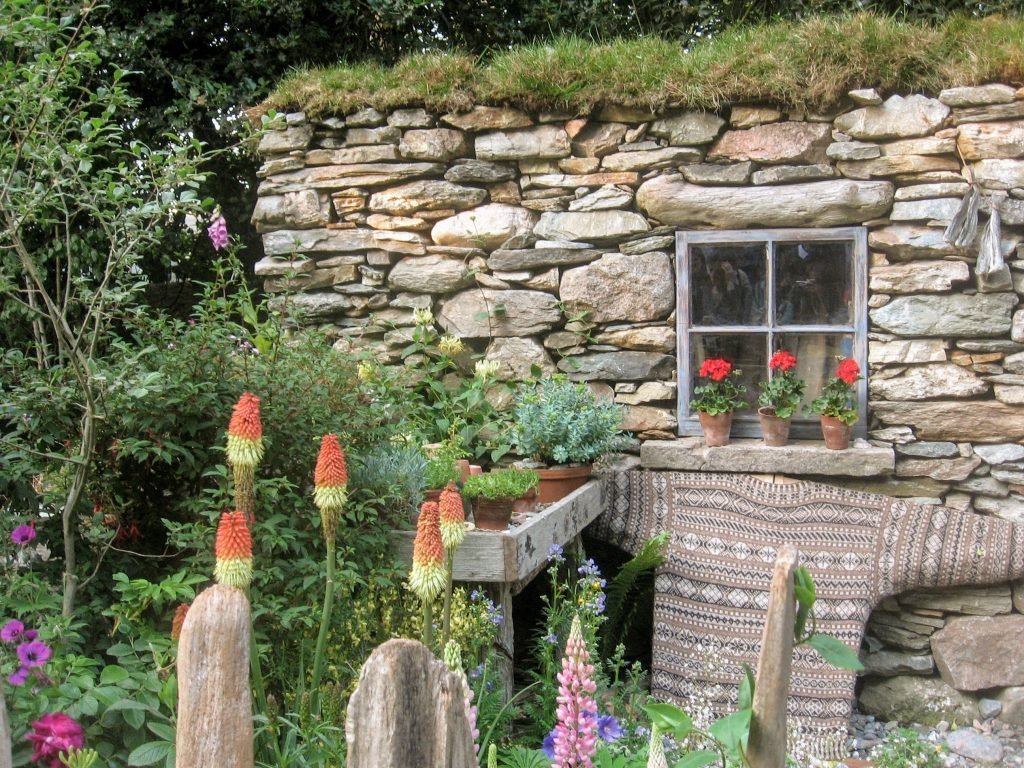How We Find Ideas For Our Outside Spaces
Our inspiration may initially come from other gardens, whether they are our friends’ or pictures we have found online, in books, or in magazines. While this is a good starting point, and probably the best stimulus for anyone who is still developing their confidence in making design decisions, it can ultimately constrain the creative process. Most successful designers look outside their own discipline for other influences to help develop their concepts and push the boundaries — so seek inspiration from a variety of sources or select a theme. You can create a “mood board” of appealing ideas to help you develop your own unique design.
Finding inspiration for your garden.
Focus on aspects of experience that you like — for example, places you have visited on vacation, natural landscapes that you love, the work of favorite artists or architects, interior designs, or ideas you have seen on websites for images of plants that you like — and make a note of these.
Also look at colors, shapes, and materials that reflect the location. These may include the turquoise water, local costumes, or landscaping materials used for houses or walls. However, remember that developing a design is not about copying exactly what you have seen elsewhere, nor is it combining all your ideas into one busy area. Good design evolves when a theme is carefully adapted to suit a planned space.
“…developing a design is not about copying exactly, what you have seen elsewhere, more is it combining all your ideas into one busy area. Good design evolves when a theme is carefully adapted to suit a planned space”
- Chris Young
Case Study: Coastal Garden Style
A coastal theme is a natural choice for anyone who has been inspired by a vacation by the seaside. Study scenes, plants, and other features while you are away, and start compiling a sourcebook of ideas, photographs, and even pressed flowers that capture the essence of the garden you want to create at home.
The main inspiration for your favorite garden
Nice view you remember from sitting on the patio or the beach.
Seaside plants
Re-create coastal shallow soils and drought conditions — for example, with gravel borders to mimic the environment in which these plants would naturally grow.
Sun and sand in the garden
A practical play area combined with an organic layout and seaside plants make a delightful feature. If you have room in your garden, allocate a space for a swing. Use recycled hard-wearing rope and driftwood for the seat, and cover the ground beneath with bark chips.
Sand and water continue the seaside theme and are obvious magnets for children.




